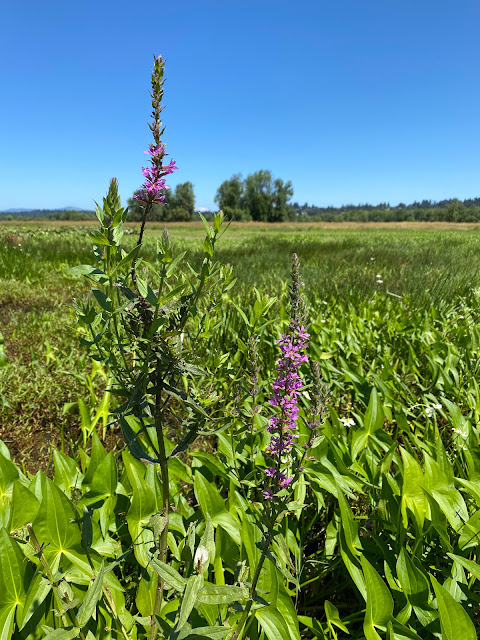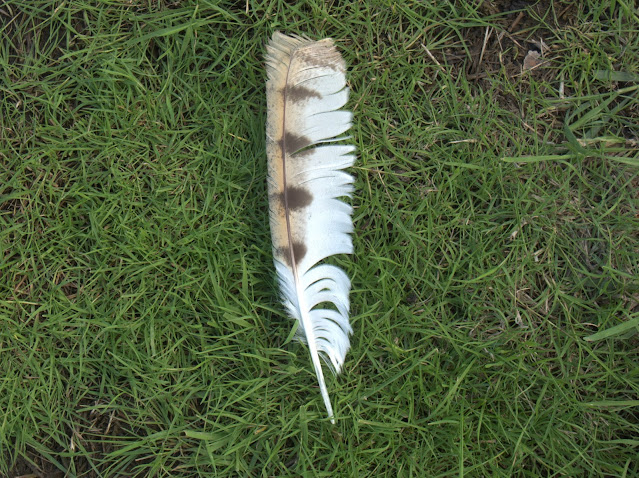Celebrating Earth Day 2022
 |
| Photo: Blooming red flowering currant |
I am not sure why, but this Earth Day felt more significant to me than in the past. It could be because for the last few years I have been enthralled with a constant influx of pressing environmental issues, which are seemingly impossible to ignore. From podcasts, and books, to the current global news, you could say that I have gone down a deep rabbit hole into our global environmental issues and climate change research. Suffice it to say, I have blown past passion and onto obsession. If you are interested, I have created a list of my favorite environmental science Podcasts and books at the end of this post, and please feel free to comment with your recommendations as well!
 |
| Photo: Work truck full of recently harvested willows |
 |
| Photo: A bee enjoying the nectar from the pile of willow catkins (tube-shaped flower clusters) that were recently processed |
 |
| Photo: Volunteer Tom enjoying the Earth sugar cookies I made for the occasion |
Wildlife News
 |
| Photo: Garter snake (Thamnophis spp’s) |
More recently, I had an amusing wildlife encounter while driving to Bachelor Island in the early morning hours. While driving along a road with water on adjacent sides, I came across 3 young Columbian white-tailed deer (Odocoileus virginianus leucurus) and a pair of Canadian Geese (Branta canadensis spp's) with goslings. The deer desperately wanted to get by me and the geese, but were conflicted on how to pass by without going for a swim. I sat and watched the interaction between the deer and the geese for several minutes, which was quite hilarious. At one point, there was a standoff between one deer and the geese who stood their ground and forbid the deer from passing (think Gandalf from Lord of the Rings "you shall not pass" situation). Eventually, all the deer skirted past me, on the opposite side of the road from the geese, making it safely to the nearest field.
 |
| Photo: The standoff between the young deer and the family of geese - note the deer in the upper right corner running for its life |
Environmental Science Podcast and Book Recommendations
Outside/In Podcast - New Hampshire Public Radio
The Jane Goodall Hopecast by Dr. Jane Goodall
The Wild with Chris Morgan Podcast - KUOW News and Information
How to Save a Planet Podcast - Gimlet
A Matter of Degrees Podcast - Leah Stokes and Katharine Wilkinson
Threshold Podcast- Auricle Productions
Braiding Sweet by Robin Wall Kimmerer
The Book of Hope by Jane Goodall, Douglas Abrams
The Nature of Oaks by Douglas W. Tallamy
Under the White Sky by Elizabeth Kolbert
The Sixth Extinction: An Unnatural History by Elizabeth Kolbert
Eager: The Surprising, Secret Life of Beavers and Why They Matter by Ben Goldfarb
All We Can Save: Truth Courage, and Solutions for the Climate Crisis Edited by Ayana Elizabeth Johnson & Katharine K Wilkinson
ENJOY!! ☺



Comments
Post a Comment